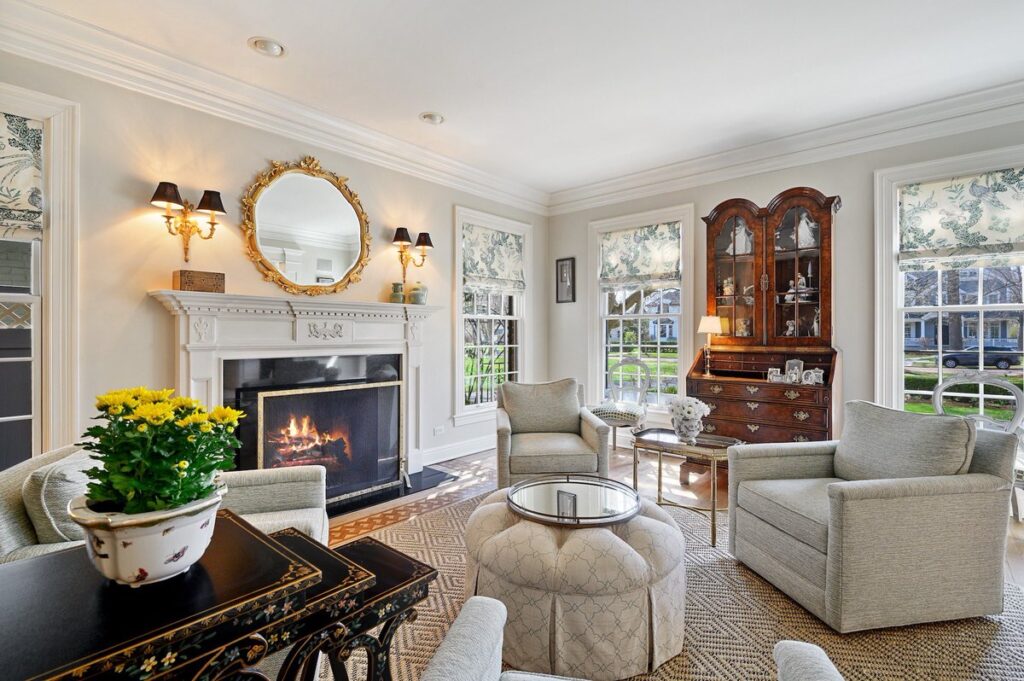An interior designer working in a commercial setting will typically be managing the design of a large project with many different stakeholders, so they need to understand the process of design comprehensively. These designers are responsible for everything from understanding budgets, liaising with contractors, communicating with occupants and landlords as well as occupiers. There can also be ethical considerations when working on residential projects such as being mindful to create balance between practicality and aesthetics.
Commercial interior designers and project managers will typically be responsible for sourcing, creating and implementing interior design projects in large commercial buildings. This could consist of creating a design concept, overseeing the procurement of all materials needed and managing the installation of the design concept.
There are many different disciplines that fall under the banner of interior design; showroom planning, furniture placement, window dressing and lighting installation to name a few. An interior designer may also be required to manage all aspects of an interior fit out. In some cases a property developer may employ an internal designer for their own building projects, or an interiors firm may employ an in-house designer to work alongside other commercial clients.
Interior design is a very personal discipline and many take their passion for the creative process and apply it to every project they undertake. Interior design Thailand can be self-employed, working directly with clients on projects of their own choosing. This is especially true of smaller firms that may only have one or two designers working on a project at any given time.

The field of interior design continues to grow in both quantity and quality as more people are becoming interested in the lifestyle, environment and design possibilities of interiors. The contemporary movement has inspired architects, engineers and other building professionals to take notice of the opportunities available in interior design; this has led to a rebirth of interest in making this discipline an essential part of all building projects.
The interior design process itself is quite complex. It is a slow process of collaboration between the client, designer and all other members of the design or construction team. There are many different disciplines which need to be taken into consideration during the interiors design process, including but not limited to graphic design, architecture, product design, interior technology and interior architecture.
Interior designers are generally responsible for all aspects of a project including the budgeting and purchasing costs of materials and the actual installation costs such as labor, lighting fixtures and finishes. In order to fulfil these duties an interior designer may employ assistants or temporary staff if necessary.

